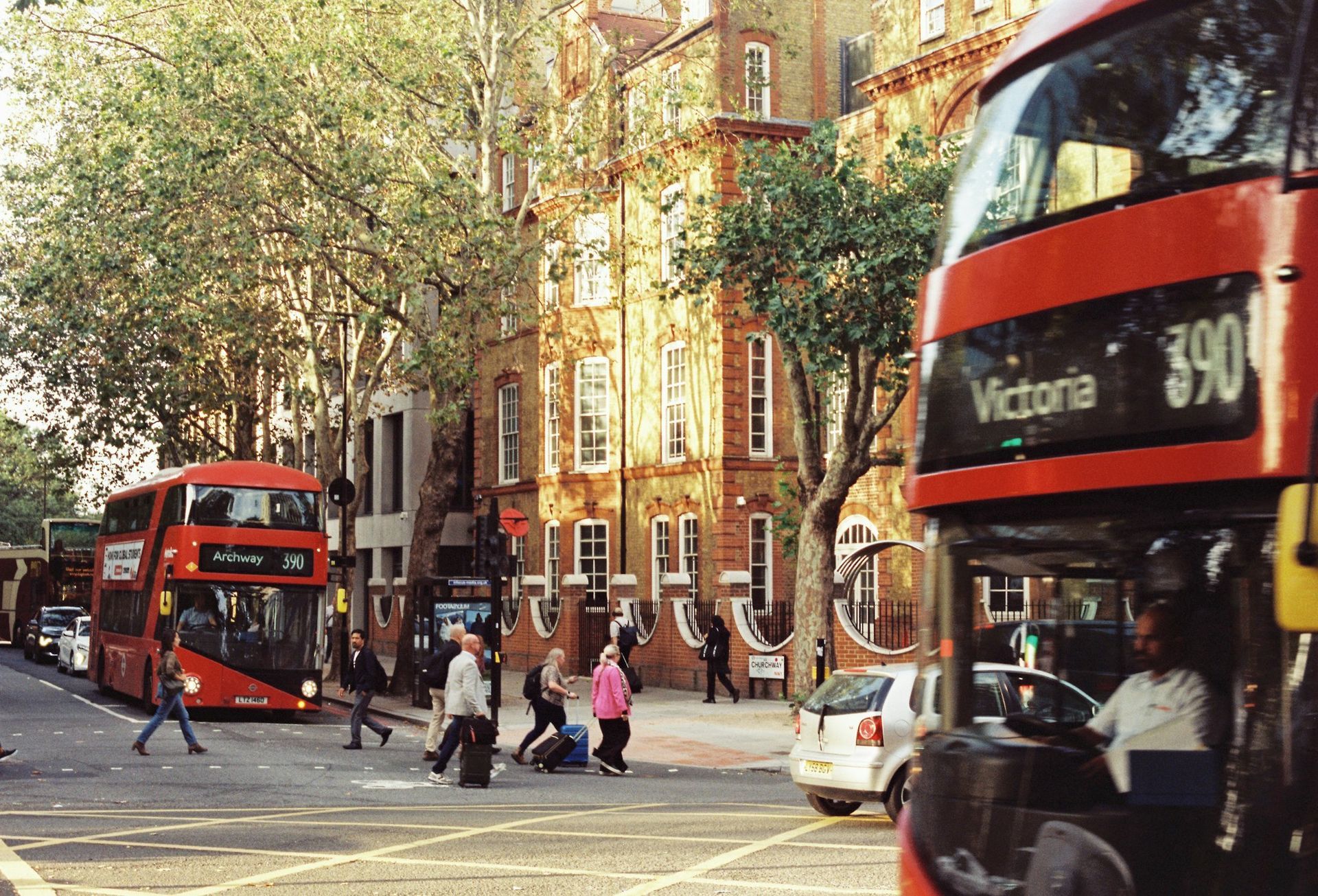Party Wall Rights of Entry & Access Arrangements: Scaffolds, Hoardings & Safety
When construction work takes place near or along a shared boundary, understanding party wall rights of entry and access arrangements becomes essential. Whether you’re a building owner planning to extend your property or an adjoining owner protecting your rights, the Party Wall etc. Act 1996 outlines clear rules about when and how one party can enter another’s land for necessary works.
In this blog, we’ll explore the scope of access rights, what’s allowed under the law, how scaffolding and hoardings fit into these rights, and the safety measures both parties should take to ensure a smooth and lawful process.
1. Understanding Party Wall Rights of Entry
Under Section 8 of the Party Wall etc. Act 1996, a building owner has the right to enter the adjoining owner’s land to carry out works that are covered by the Act. However, this is not an unlimited right, it must be exercised reasonably and only when necessary to perform the construction work lawfully.
For example, if you are building a wall directly on the boundary or need to access your neighbour’s side to apply waterproofing or fix flashing, you can request entry. The key condition is necessity entry must be essential to complete the work safely and efficiently.
2. When Is Access Permitted?
Access is only permitted when:
- The works are notifiable under the Party Wall Act (for instance, construction on or adjacent to a party wall).
- Entry is necessary for executing the works properly.
- The adjoining owner has been given at least 14 days’ notice in writing.
If these conditions are met, access can be lawfully obtained even if the adjoining owner initially refuses permission though it should always be handled amicably and professionally.
3. The Role of the Party Wall Surveyor
A party wall surveyor plays a crucial role in managing and documenting access arrangements. They help ensure both the building owner and adjoining owner’s rights are respected.
Their responsibilities include:
- Assessing the necessity for access.
- Preparing an Access Agreement or Party Wall Award detailing terms of entry.
- Specifying safety measures such as protective hoardings, scaffolding placement, and work timings.
- Ensuring the adjoining owner’s property is protected from damage or inconvenience.
A well-drafted award avoids disputes by setting out the scope and duration of access clearly.
4. Temporary Access Structures: Scaffolding & Hoardings
During party wall works, temporary structures like scaffolds and hoardings are often required. They facilitate safe access for construction workers and provide protection for the adjoining property.
Scaffolding:
Scaffolding may need to extend onto or over the adjoining owner’s land. Under the Party Wall Act, this is permissible if it’s necessary for carrying out the works safely and efficiently. However, the surveyor must include clear conditions in the award:
- How and where scaffolding is erected.
- Duration of use.
- Safety and security provisions (e.g., netting or barriers).
- Regular maintenance and inspection requirements.
Hoardings:
Hoardings protect adjoining properties from debris, dust, and accidental damage. They are also used for site security and to restrict unauthorised access. Like scaffolding, hoardings should be installed carefully and removed as soon as the work is completed.
The cost of installation, maintenance, and removal lies entirely with the building owner initiating the works.
5. Safety: A Shared Responsibility
Safety is paramount during any construction activity, particularly when access involves another person’s property. Both owners and their appointed contractors must adhere to strict safety standards.
Key safety measures include:
- Protective barriers: To prevent falls, debris, or damage to adjacent structures.
- Clear signage: Indicating restricted zones or potential hazards.
- Secure lighting: Especially for works that extend into evenings or darker conditions.
- Insurance coverage: Comprehensive insurance should be in place to cover any accidental damage to neighbouring properties.
Surveyors typically require evidence of adequate insurance before authorising access under the Party Wall Award.
6. Minimising Disruption to the Adjoining Owner
While the building owner has legal rights to access, they must also ensure minimal disturbance to their neighbour. The Act emphasises the importance of acting reasonably and courteously.
Here are a few practical tips:
- Schedule work during reasonable hours.
- Avoid unnecessary obstruction or use of the neighbour’s property.
- Keep the site clean and tidy.
- Provide temporary protection for gardens, driveways, or outdoor furniture if necessary.
By maintaining open communication and transparency, both parties can avoid friction and keep the project on track.
7. What Happens If Access Is Refused?
If the adjoining owner refuses access despite the legal entitlement, the Party Wall Act empowers the building owner to enforce their right. However, this must be done within the framework of the law and with the assistance of a party wall surveyor.
The surveyor can issue an award confirming the right of access and the terms under which it can be exercised. In rare cases where physical obstruction occurs, the building owner can seek a court injunction to enforce compliance.
That said, legal enforcement is considered a last resort. Most access issues can be resolved through calm negotiation and professional mediation by the surveyor.
8. Compensation for Damage or Inconvenience
If the building owner’s access causes any damage to the adjoining property, the Act provides clear remedies. The adjoining owner is entitled to:
- Full repair or reinstatement of the damaged property, or
- Financial compensation for any loss or inconvenience.
All damages, no matter how minor, should be reported immediately and recorded by the surveyor. This ensures fairness and accountability for both parties.
9. Best Practices for Building Owners
If you’re planning construction work requiring access to your neighbour’s land, here’s what you should do:
- Serve a proper notice under the Party Wall Act, ideally through a qualified surveyor.
- Engage a professional to draft a clear and detailed Party Wall Award.
- Ensure full insurance coverage before work begins.
- Communicate openly with your neighbour explain the scope and duration of access.
- Respect boundaries and remove scaffolding or hoardings promptly once work is complete.
Taking these steps helps maintain good neighbourly relations and ensures compliance with the law.
10. Why Professional Guidance Matters
Dealing with access rights, scaffolding arrangements, and safety measures can be legally complex. Engaging an experienced party wall surveyor such as those at Adam Joseph Party Wall Surveyor ensures that every aspect of your project follows the law.
Their expertise covers:
- Drafting legally sound notices and awards.
- Coordinating access logistics.
- Assessing and documenting property conditions before and after work.
- Ensuring all safety and insurance obligations are met.
A professional surveyor safeguards your interests while maintaining fairness and transparency throughout the project.
Conclusion
The Party Wall etc. Act 1996 gives building owners essential rights of entry and access, but those rights come with responsibilities. Proper planning, professional advice, and mutual respect between neighbours are vital for a smooth construction process.
By understanding the legal framework surrounding scaffolds, hoardings, and safety, both owners can protect their properties and avoid costly disputes.
Whether you’re starting a renovation, an extension, or structural work near a shared boundary, consult a qualified party wall surveyor to ensure every stage of access and construction complies with the law, safely and efficiently.
For more information about
party wall surveyor call us at 020 3875 9279 or email us.









